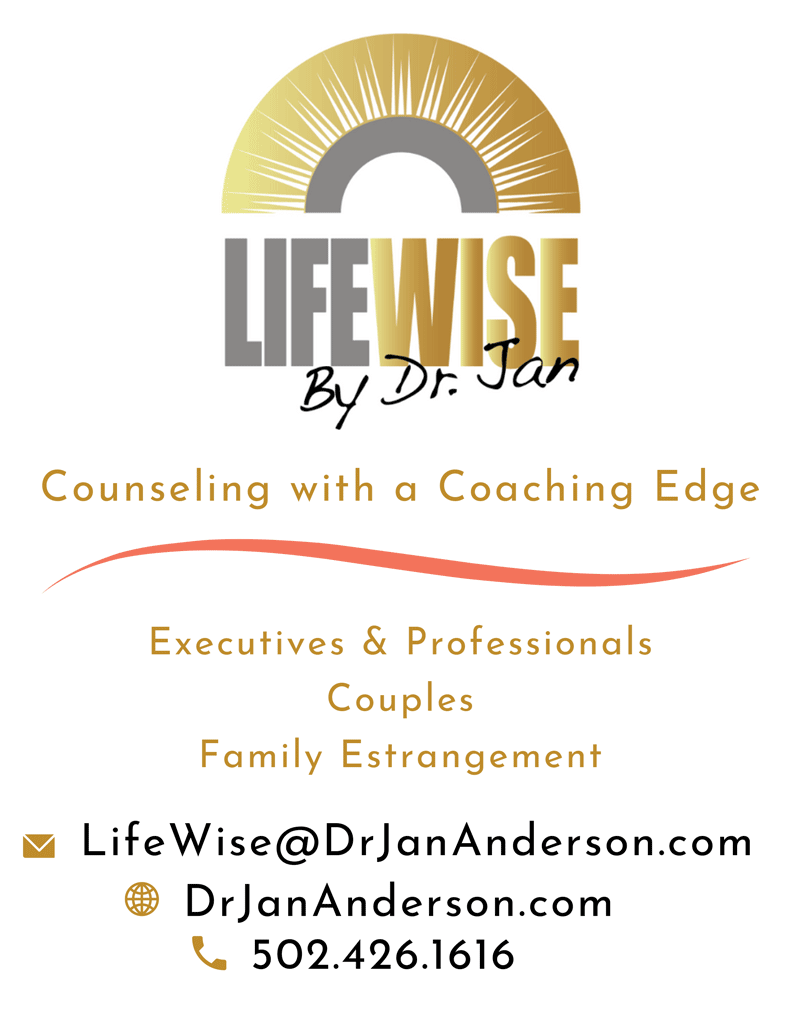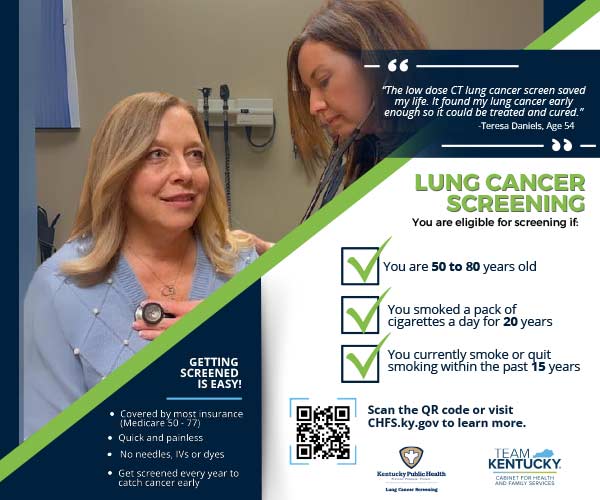Strategic reinvention for high achievers
Reinventing yourself isn’t about giving up what’s worked. But when change feels like loss—like you have to trade something in just to move forward—that’s exactly when high-achievers get stuck.
Here’s what works better: Keep what works—and add a new move.
Reinvention doesn’t mean shutting down a part of yourself or labeling it as wrong. Your usual approach may not be working right now—but that doesn’t mean it never will again. You want to keep it accessible, for when it’s the right tool for the job.
You don’t need to trade in your personality. You just need to expand your range.
The “Poison They Needed”: Adding to Your Playbook
Take the heir-apparent CEO I worked with. He was hired for his forward-thinking leadership, but within a year, his brash delivery had clashed so hard with company founders that his job was on the line. His confidence shaken, he found himself at a career impasse.
CLIENT: I was hired because I have a feel for where the industry is headed and how to position this company for it. As I told them in my interview, “I’m the poison you need.” The hard part is that they know I’m right… and they hate it. They want me to change things, but they don’t want to do anything different.
DR. JAN: You seem to be facing the same dilemma yourself. You fast-tracked your career with a kick-ass approach, and it worked… but it’s not working now.
CLIENT: That’s true. I’m dealing with my own version of the very same dilemma. Looking at it that way, I even feel some empathy for these guys.
DR. JAN: You don’t need to stop being bold—you just need to add a second play to your book. Keep that high-powered approach in your back pocket. We’re not replacing it. We’re just adding new capabilities—so you have more choices, not fewer.
That’s what real reinvention looks like. Less subtraction, more expansion.
I could see Client breathe a sigh of relief. I did, too. Because I know it’s hard to move forward when you think change means giving something up. Behavioral economists call it loss aversion. The risk of losing something is more powerful than the chance to win something. So we don’t move—until we realize we don’t have to lose to grow.
The same principle applies to our personal lives.
When you stop trying to win the argument and start asking, “What do I actually need to move forward?”—everything changes.
It’s not about overpowering anyone. It’s about outgrowing the stuckness.
Why Thinking Isn’t Enough: You Need an “Aha”
Here’s the neuroscience: Real, lasting change—behavioral, sustainable change— requires more than a smart insight. It requires an emotional click. What neuroscientists call synaptic plasticity depends on a felt-sense experience.
It’s the difference between thinking something and knowing it.
Those visceral “aha” moments? That’s when new neural circuits form. That’s when old reactions start to lose their grip. That’s when something inside you says, “Oh! I get it now.”
The brain resists change when it feels like loss. But when change feels like a gain—when you’re adding something that makes you more effective, more capable, more whole—that’s when motivation kicks in.
My job is to create the kind of atmosphere—present, tuned-in, judgment-free— that helps your brain open that window of tolerance. It’s a space where you can explore emotional discomfort without being overwhelmed by it.
That’s the foundation for real behavioral shift.
The Divorce That Added Self-Agency
Like the forty-something professional who desperately wanted to end his marriage but couldn’t seem to get past the separation stage.
CLIENT: I want a divorce, but my partner won’t even discuss it. I can’t get him to agree that this is the best thing for both of us, so we can move forward with our lives.
DR. JAN: Then you won’t be able to get a divorce.
CLIENT: (Stares at me in stunned silence.)
DR. JAN: As long as you make the divorce conditional on convincing your partner to go along with it, you’ll never get out.
DR. JAN (continuing): You’ll have to be the one to think differently, not him.
CLIENT: What do you mean?
DR. JAN: He’s not going to agree with you. He’s not going to play nice, either. So far, his tactics are working. So he has no incentive to do anything different.
DR. JAN (continuing): Yes, it would be much easier if your partner agreed, but you can move forward without his agreement. You’ll have to file for divorce, whether he agrees or not. Be prepared for him to fight you all the way and be very mean about it.
I waited a few moments to let it sink in. I could sense the emotional shift and see the client’s mental wheels turning. That mental shift—not needing his partner’s cooperation to move forward—was the jumpstart.
In that moment, the power dynamic flipped. He realized he didn’t have to wait—he could act. Not with hostility, but with clarity.
CLIENT: Okay… I see what you mean. Thank you for your time.
He didn’t schedule another appointment. When I followed up a few months later, I was amazed to see how quickly and efficiently Client had moved the divorce forward.
The MBA That Expanded Her Personal Toolkit
Strategic reinvention isn’t just for the boardroom. Sometimes it starts in a classroom— and ends with a complete life upgrade.
Client didn’t enroll in an MBA program to transform her personal life. She did it to level up her career.
But what she got was something bigger: access to an internal ally she didn’t even know existed—her Strategic Thinker.
Until then, Client had relied on persistence, adaptability, and emotional endurance to climb the corporate ladder. And those tools had served her well.
But the MBA gave her something she didn’t know she was missing: strategy. The ability to anticipate, plan, and make tough decisions to achieve long-term goals.
Once that part of her was online, Client stopped defaulting to survival and started operating from intention.
It took almost a year to carefully plan and execute an exit strategy that ensured her personal safety.
But that was just the beginning of Client’s growth trajectory.
After the divorce, she renegotiated better boundaries in her fractious family relationships. From there, she was ready to approach mid-life dating—on her terms.
She didn’t abandon her strengths.
She didn’t need a different personality.
She just added something new—and everything changed.
She didn’t lose anything. She just upgraded the system.
Reinvention That Feels Like a Win
Reinventing yourself means having access to more than your default setting—so you can respond to life’s complexity with flexibility and confidence.
And the best part? You don’t have to force it.
Curiosity is the real driver of growth. Not shame. Not grit. Not no pain, no gain.
We start by getting curious about parts of yourself you’ve been too busy, too stressed, or too stuck to use—until now. This process reintroduces you to underused or undeveloped parts of yourself that haven’t had a chance to contribute yet.
So let’s expand your range. And do it in a way that still feels like you.
Ready to turn your pain point into a power play? Let’s talk.
You don’t need to overhaul your personality. You just need a better strategy






